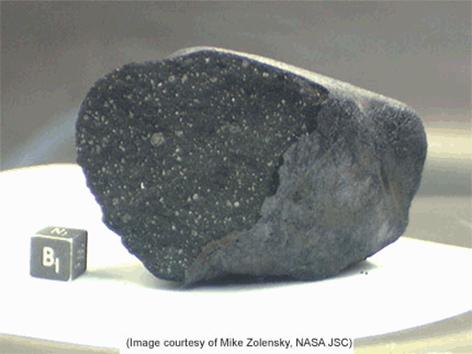Facts About Tagish Lake (meteorite)
On January 18, 2000, the Tagish Lake meteorite made a dramatic entrance in northwestern British Columbia, Canada. A large meteoroid exploded in the upper atmosphere, scattering fragments across the frozen surface of Tagish Lake. Over 500 pieces were collected, providing scientists with a treasure trove of material to study.
Before entering Earth's atmosphere, the meteoroid was a substantial 4 meters in diameter and weighed approximately 56 tonnes. However, after its fiery journey through the atmosphere, only 1.3 tonnes of it remained. Classified as a carbonaceous chondrite of the C2 ungrouped type, this meteorite contains fascinating components such as organic materials, amino acids, and even nanodiamonds.
What makes the Tagish Lake meteorite particularly special is its primitive nature. It is akin to a time capsule filled with unaltered stellar dust granules that may have existed since the solar system first formed. Its unique mix of elements and high carbonate content distinguish it from other chondrites. Scientists have also identified water-bearing minerals like serpentine and saponite phyllosilicates within the meteorite. Notably, the water in these minerals has a different isotopic signature compared to Earth’s water. The meteorite is estimated to be around 4.55 billion years old, dating back to the inception of the solar system.
Eyewitness accounts, photographs, and orbital studies suggest that the Tagish Lake meteorite likely originated from the outer asteroid belt, with a pre-entry orbit similar to Apollo-type asteroids. Reflectance spectrum analysis indicates a probable origin from 773 Irmintraud, a D-type asteroid. This event has been compared to other meteorite falls, such as the 2013 Chelyabinsk meteor, with some similarities noted in the debris patterns.
Today, fragments of the Tagish Lake meteorite are held by various institutions, and ongoing research continues to reveal the secrets of this remarkable space rock.

 United States
United States